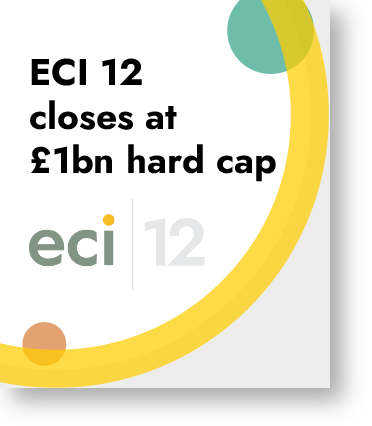As part of our ECI Unlocked programme connecting business leaders across the ECI portfolio, we recently welcomed Sara ‘Axel’ Axelbaum, Global Head of Inclusion and Diversity at MiQ to share her thoughts on how companies can make progress on inclusion, even if they’re short on time or budget.
Axel started with this quote from diversity and inclusion expert (and star of a fantastic TED Talk on overcoming bias) Vernā Myers: “Diversity is being invited to the party, but inclusion is being asked to dance”. Myers states that organisations can go much further to make progress on inclusion, and doing so will maximise the participation and benefits of their diverse workforce. We share some of Axel’s top tips on how companies can make that leap:
If you have some time, but little budget…
1. Inclusion surveys are a great place to start to understand where your people feel progress can be made on inclusion. This will help you to get under the surface of the initiatives you implement to understand how they’ve landed and whether they’re making a real impact. We all benefit from the fact employees and younger generations are much more proactive around this topic, so they will want to have their opinion heard on what they’ve observed and their suggestions for improvement. Keeping some standardised metrics in these surveys also means you can track your work and improvements over time.
2. Create groups and channels dedicated to this topic, whether it’s a book club, an Employee Resource Group (ERG) or just internal panels. You will doubtless benefit from people at your company who will be keen to talk and engage with issues around diversity and inclusion, and groups create opportunities for your teams to learn together and consider options for delivering progress. Creating groups and channels gives people a sense of belonging within an organisation, and that is a proven retention motivator. The scope of this will depend on your company size, but bringing people together and getting their input will be relevant no matter the structure of your organisation.
3. Focus on making each and every meeting inclusive. Once you overlay a lens on every meeting asking, ‘how can this meeting be more inclusive, and what can I do to make a change,’ you will recognise that there are lots of small, iterative ways that you can improve inclusivity. This list of inclusive meetings tips is a great start, and examples might include sending agendas out ahead of time so people can think about what they want to say, pausing and asking people for input, and encouraging handraising, so that everyone has the space to talk.
There are other accessibility points to consider, from physical access to making sure all documents and visuals are fully accessible. You might consider sharing your pronouns to ensure people aren’t othered.
This isn’t something that needs to be done by those leading the meeting – if you’re in a meeting and see someone get interrupted, how can you make sure you go back to them and ask them to finish their thought? This article from HBR provides a great guide for managing interruptions in meetings.
If you have some budget, but little time…
1. Hire a DEI consultant to help. If you don’t have the time to audit current practices and policies yourself, the good news is there are lots of third parties who are on hand to help. They can assess the strengths of your current activities and highlight potential areas for improvement. Training is another area where a third party can be invaluable, such as unconscious bias or bystander intervention training, which can be the catalyst for a step change around inclusion in your organisation.
2. Use a discussion facilitator for effective discussions around sensitive topics, such as identity, current events, bias etc, to help ensure these conversations are inclusive and valuable. You often see companies hesitate to tackle issues head on, as they are worried about making a mistake and saying the wrong thing. Not tackling these problems is a sure-fire way to create a non-inclusive workplace, so if that is holding anyone back, bringing in a trained professional can help to make real progress.
3. Bring in speakers to help educate and facilitate wider discussion. There are so many fantastic and diverse speakers who can share their stories and bring some of these topics to life for those who maybe haven’t experienced and therefore often can’t see what exclusion looks like. These stories are a great way to build empathy and promote acts of inclusion within your own firm.
Making a step-change in inclusion isn’t easy, but it’s not necessarily supposed to be. It may mean putting yourself in uncomfortable situations, but if you make a committed effort to deliver improvements, you will see that the most important thing is simply try and make progress, doing more good than bad. Lots of small iterative improvements are key to ensuring your company is following the right direction of travel.
The world we live and work in is increasingly diverse, and we should all make sure we’re making the most of that. Creating a more inclusive workplace is not only is it the right thing to do, but there is plenty of evidence that companies that get this right are more likely to benefit financially as well. Crucially, people want a more inclusive workplace, so if you don’t make sure your people are invited to dance rather than just to the party, you might soon find yourself dancing on your own.


